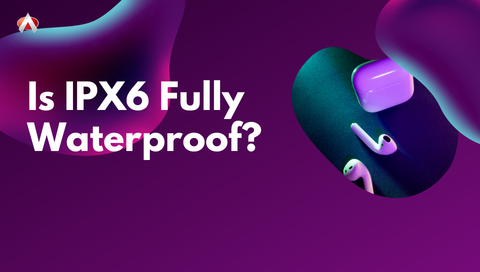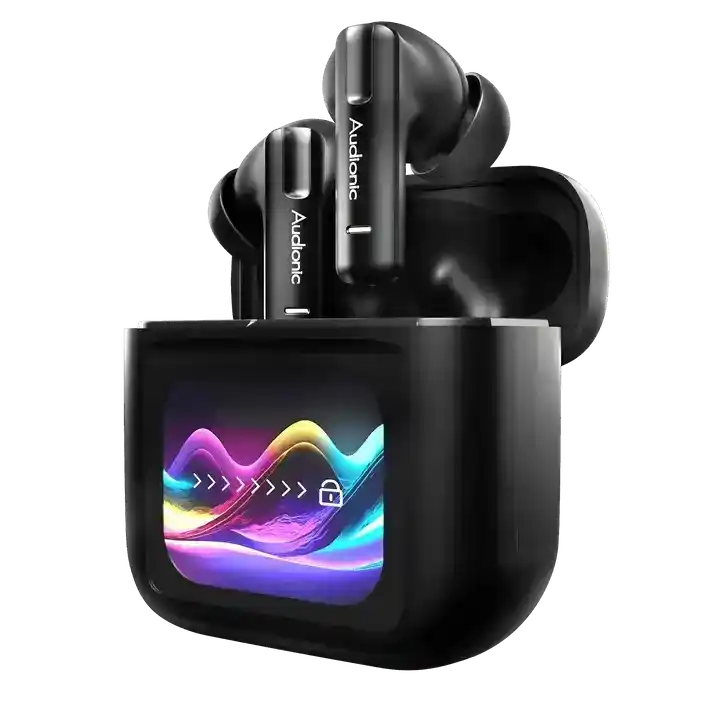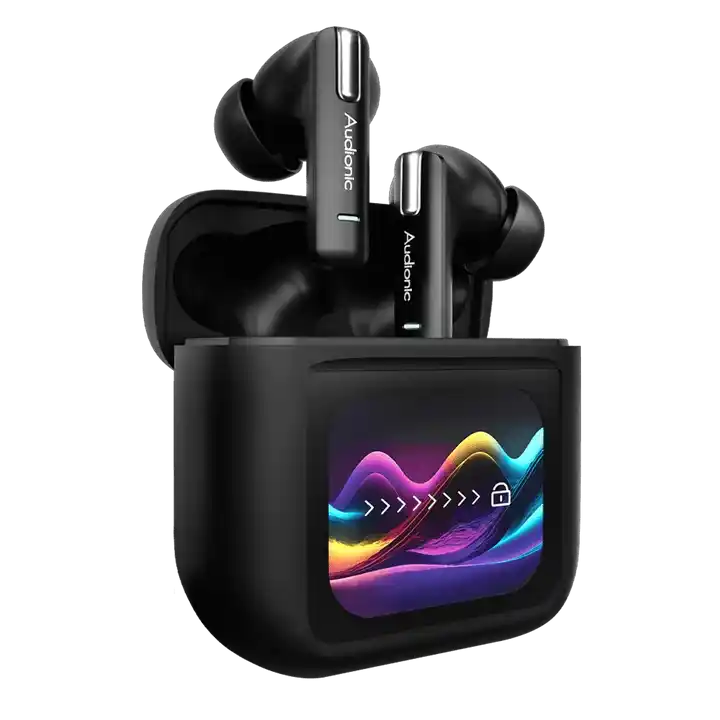
Is IPX6 Fully Waterproof? Let's Decode IPX6 Water Resistance & See What Can You Expect
Is IPX6 Fully Waterproof? How waterproof is IPX6?
Waterproof ratings are vital to know, especially when it comes to devices like wireless earbuds. IPX6 is a rating system that indicates the level of water resistance in electronic devices, including earbuds. But just how waterproof is IPX6, and what adventures can it accompany you on? Let's unravel the mystery of IPX6 and its waterproof capabilities.
IPX6-rated earbuds are designed to offer a high degree of protection against water. The "6" in IPX6 specifically signifies their ability to withstand powerful water jets. Imagine water projected from a nozzle with a 12.5mm diameter opening at a pressure of 100 liters per minute from a distance of 3 meters – IPX6-rated earbuds can handle that. They're built to endure heavy rain, splashes, and even direct water jets without suffering any damage.
While IPX6 offers impressive water resistance, it's essential to clarify its limits. An IPX6 rating does not mean that earbuds are suitable for full immersion in water, such as swimming or extended submersion. IPX6-rated earbuds are primarily designed to protect against occasional exposure to water or moisture, not complete submersion.
So, if you're considering using your earbuds during workouts, outdoor activities in rainy conditions, or in places where they might encounter water splashes, IPX6 is an excellent choice. However, for water adventures that involve submersion, you'll want to explore earbuds with higher water resistance ratings like IPX7 or IPX8.
Is IPX6 waterproof? Yes, for most purposes, but not for swimming or full submersion. IPX6-rated earbuds are your dependable companions for activities in the rain, during intense workouts, or when you expect splashes. They can handle water jets and heavy rain showers like pros. However, if you're planning on swimming or immersing them underwater, it's best to look for earbuds with higher water resistance ratings.
How waterproof is IPX6?
IPX6 is a rating system used to indicate the level of water resistance or waterproofing in electronic devices, including earbuds. Specifically, it pertains to the protection of these devices against water and moisture. IPX6-rated earbuds are designed to provide a high level of protection against water. They are typically considered "water-resistant" or "waterproof" to some extent.
The "6" in IPX6 specifically indicates protection against powerful water jets. To be more precise, it can withstand water projected from a nozzle with a 12.5mm diameter opening at a pressure of 100 liters per minute from a distance of 3 meters. This means that your earbuds should be able to handle heavy rain, splashes, and even direct water jets without suffering damage. However, It's important to note that an IPX6 rating does not mean the earbuds are suitable for immersion in water, such as swimming or submerging underwater for extended periods.
IPX6-rated earbuds are primarily designed to protect against occasional exposure to water or moisture.IPX6-rated earbuds are a good choice for those who want to use their earbuds during workouts, outdoor activities in rainy conditions, or in places where they may be exposed to water splashes.
Can I swim with IPX6?
If you're a water enthusiast or an avid swimmer, you might be wondering whether your trusty IPX6-rated earbuds can accompany you into the pool. Let's dive into this watery query and find out if these earbuds are up to the challenge.
Now, the "6" in IPX6 is what we're focusing on when it comes to water resistance. This number tells us that IPX6-rated earbuds can handle powerful jets of water from all directions without letting moisture seep into their delicate internals. This level of protection is great for dealing with rain, sweat, and accidental splashes.
So, can you confidently bring your IPX6 earbuds into the pool? The answer, unfortunately, leans towards caution. While IPX6-rated earbuds are resilient when it comes to moisture, they have limitations when it comes to swimming.
Here's the deal: IPX6 earbuds are excellent at fending off rain, sweat, and everyday splashes. However, swimming involves complete submersion in water, which goes beyond their design specifications. Extended periods underwater can potentially exceed their capabilities, leading to water seepage and, ultimately, damage.
Lastly, IPX6 earbuds are your go-to companions for most moisture-prone activities. They'll handle rain, sweat, and even a bit of splashing like pros. However, swimming is a different ballgame, and it's best to err on the side of caution.
For dedicated swimming sessions, it's advisable to explore earbuds with higher water resistance ratings, such as IPX7 or IPX8. These earbuds are better equipped to withstand the demands of aquatic adventures, keeping the music playing while you conquer the waves.
What is better IPX4 or IPX6?
IPX4-rated devices are designed to be resistant to water splashes from any direction. This means they can handle light rain showers, water splashes from various angles, and similar conditions without being damaged.
However, it's important to note that IPX4-rated devices are not suitable for immersion in water. They are not designed to be submerged and should not be used in situations where they might be fully submerged or exposed to a continuous flow of water.
IPX4-rated devices are meant to withstand exposure to rain, sweat, or occasional splashes but are not meant for underwater use. Whereas, IPX6 rated devices are capable of handling heavy sweat, rain, and even direct splashes of water. But like IPX4, they can not be submerged in water.
What IP number is fully waterproof?
The highest IP (Ingress Protection) rating for water resistance that is commonly associated with earbuds and similar electronic devices is IPX7.
An IPX7-rated device is designed to withstand temporary immersion in water up to 1 meter (approximately 3.3 feet) in depth for a limited time, typically around 30 minutes.
This rating allows earbuds to be used in various water-related activities, including swimming, snorkeling, and exposure to heavy rain, without suffering significant damage.
It provides a high level of water protection for short-term submersion but is not intended for prolonged underwater use, such as for scuba diving.



















